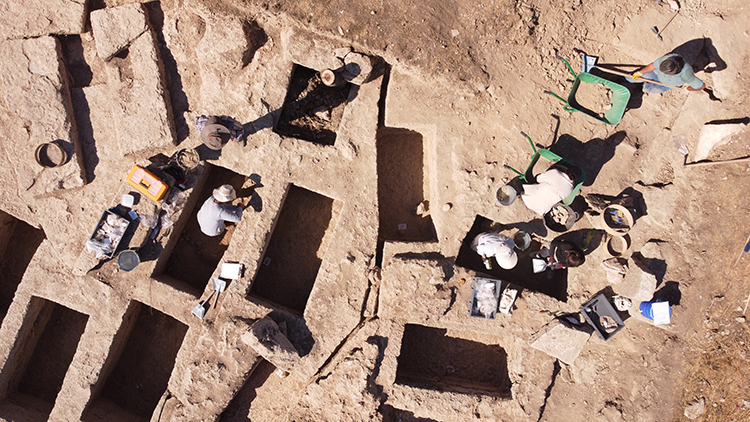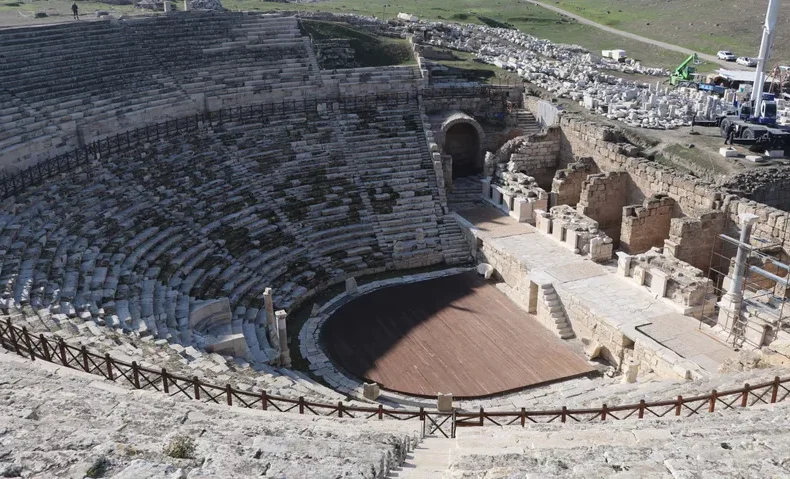
Restoration of Laodicea’s Ancient Theater Completed
The restoration work of the ancient theater of Laodicea, founded by Seleucid King II. Antiochus in honor of his wife Laodice in the 3rd century BC, has been completed. Laodicea, located in Denizli province of modern-day Türkiye, is listed on the UNESCO World Heritage Temporary List. The city is also home to one of the
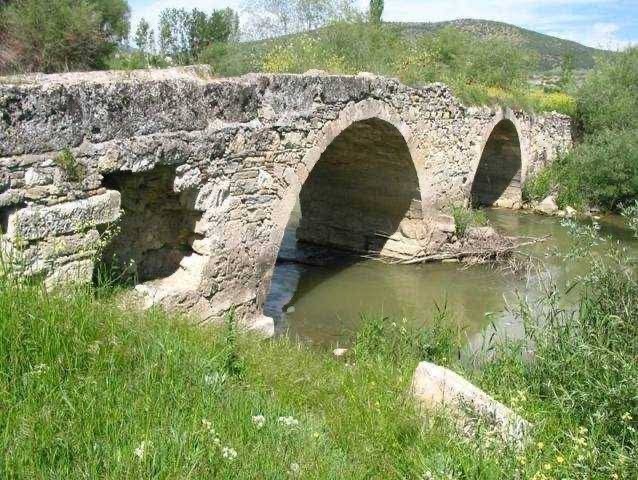
Restoration of the Asar Bridge from the Roman Era Completed
The Asar Bridge, an extraordinary remnant from the Roman era, has recently undergone a significant restoration. This project aimed to preserve the architectural integrity of the bridge while ensuring its safety for future generations. Located in the Çal district of Denizli, the Asar Bridge has faced the threat of deterioration for years due to treasure
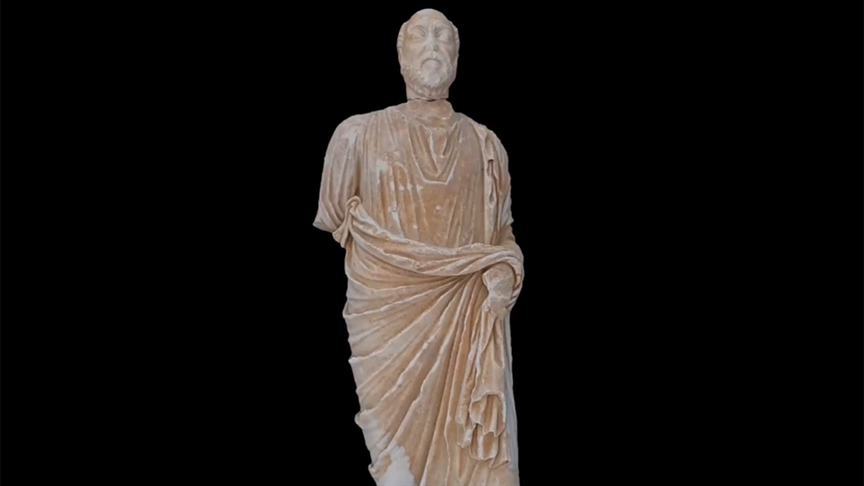
The head of the statue, whose body was found six years ago in the Tripolis excavations, has been unearthed
The body of a statue was found six years ago during excavations in the ancient city, which was founded under the name Apollonia in the Hellenistic period and later renamed Tripolis. This season, the excavation team discovered the head of the statue. The ancient city of Tripolis is located in Denizli province. It developed under
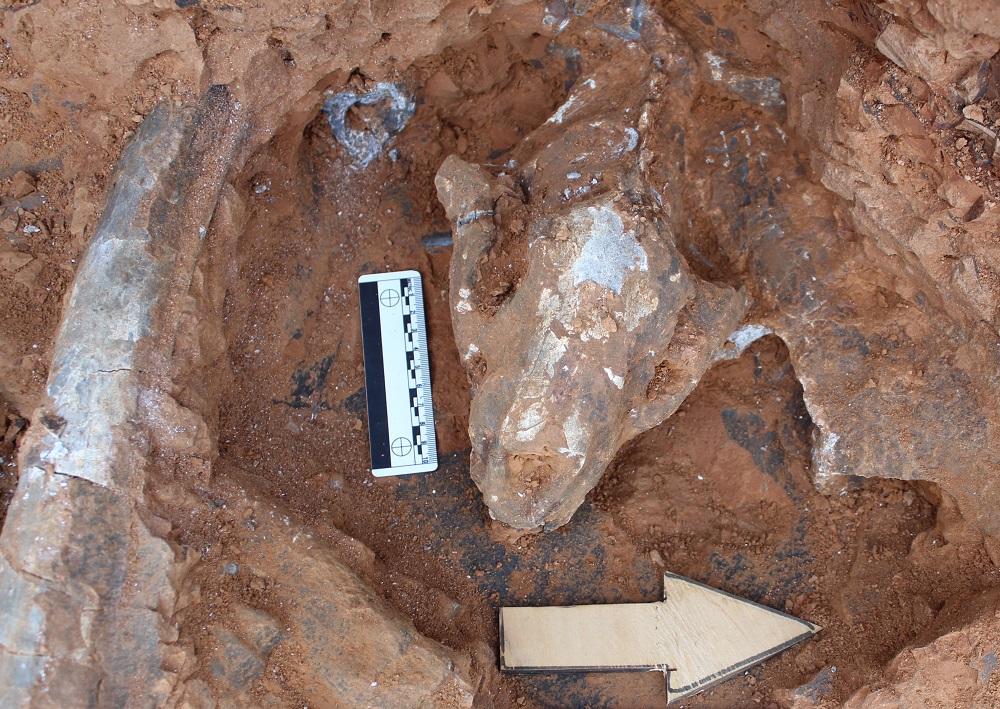
A 9-million-year-old saber-toothed cat skull fossil, thought to be the first of its kind in the world, has been found
In the excavation, which was attended by paleoanthropologists, paleontologists, geologists and students from various universities, a 9-million-year-old saber-toothed cat skull fossil, thought to be the first of its kind in the world, was found. The discovery took place in Denizli’s Tavas district in western Türkiye. The scientific advisor of the excavations, Burdur Mehmet Akif Ersoy
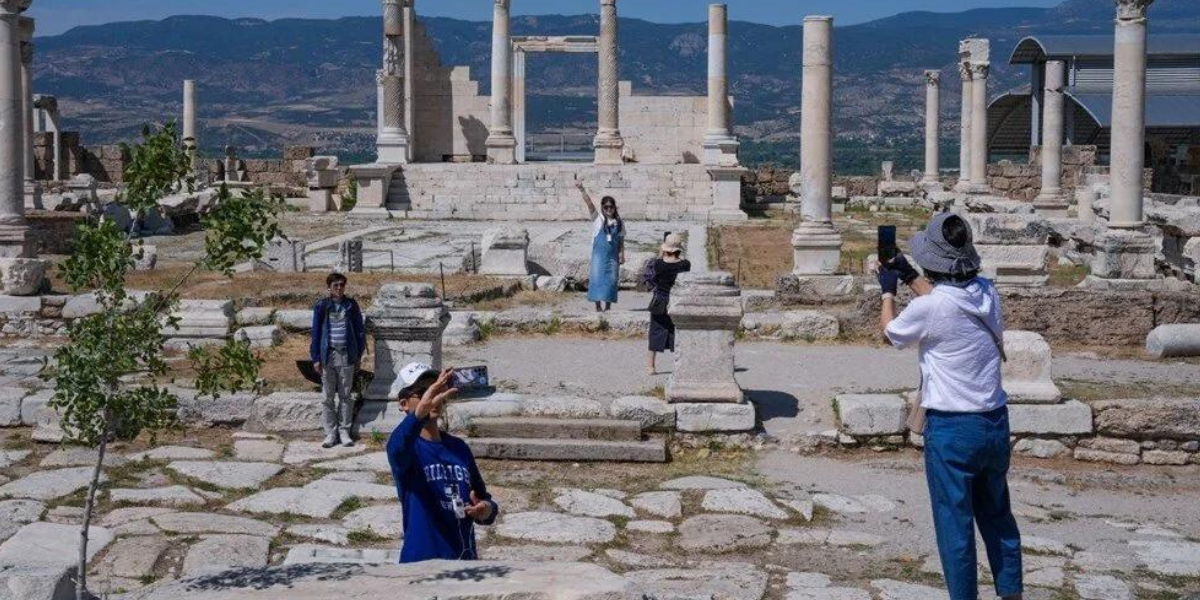
New photos from the ancient city of Laodicea, a favorite of tens of thousands of visitors
Located in the province of Denizli in western Türkiye, the ancient city of Laodicea, which dates back 5500 years, has hosted tens of thousands of visitors to date. Laodicea, founded on the southern bank of the Lycus River, was an important trade center and an important Hellenistic city-state. The city was named after Laodike, the
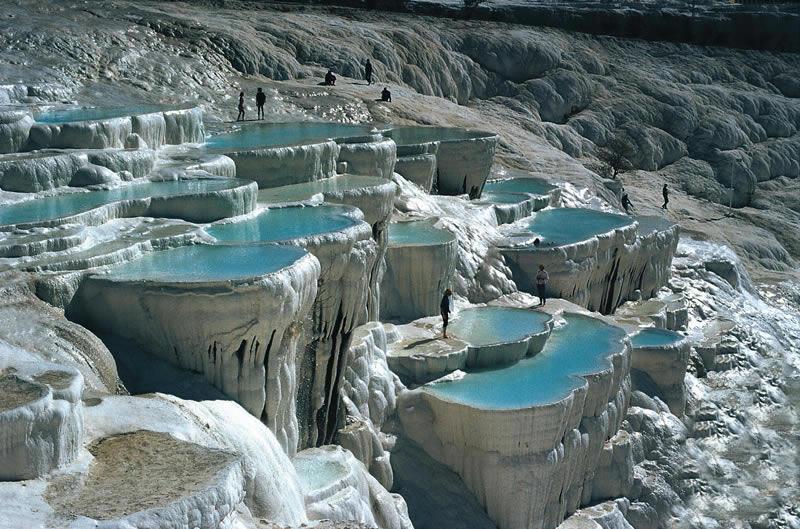
Pamukkale travertines formed by thermal waters are visited overnight
The beautiful Pamukkale travertines in Denizli province in the Aegean Region of Turkey will be open to visitors throughout the night. Pamukkale with its white travertines formed by thermal waters resembles a cotton field. The ancient city of Hierapolis is also located in Pamukkale. In this ancient city, there are many historical buildings such as
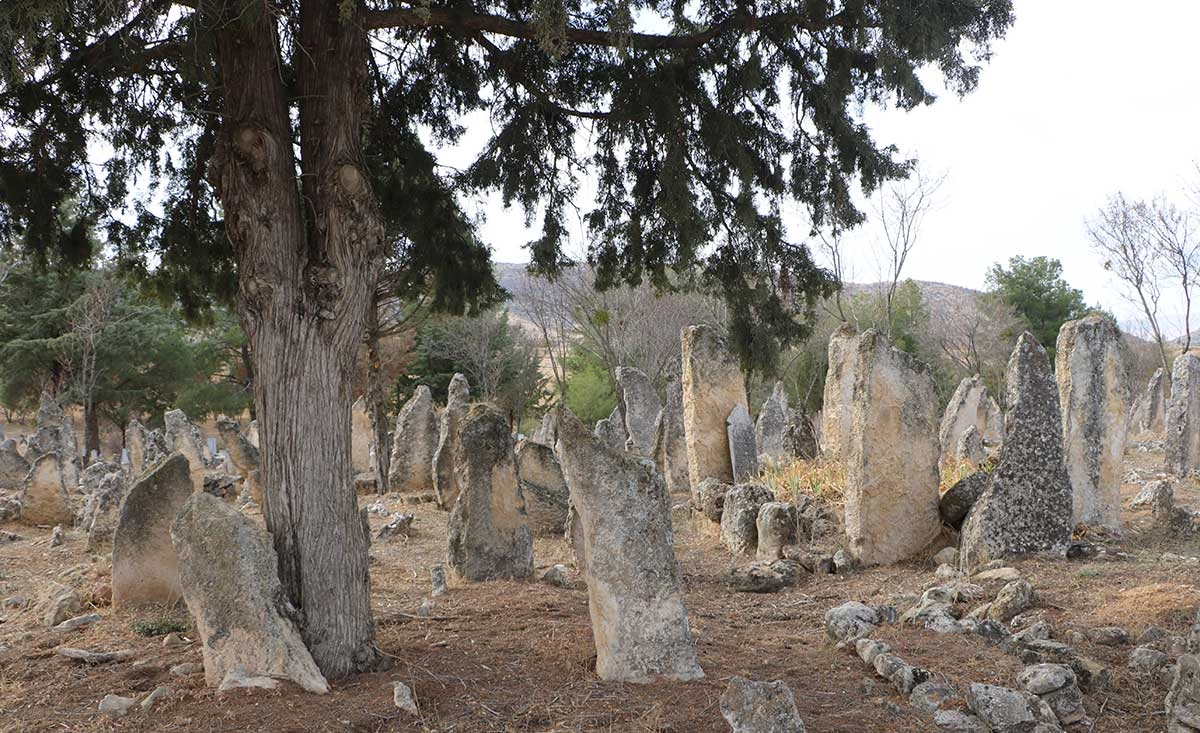
The 1000-year-old balbals in Çivril bear the traces of Turkish civilization and belief system
The balbals in Özdemirci Cemetery in Çivril district of Denizli continue to attract the attention of history buffs and archaeologists. These balbals, which are estimated to have a history of about 1000 years, bear the traces of Turkish civilization and belief system. Balbals are stone monuments erected in the cemeteries of Turkic communities migrating from
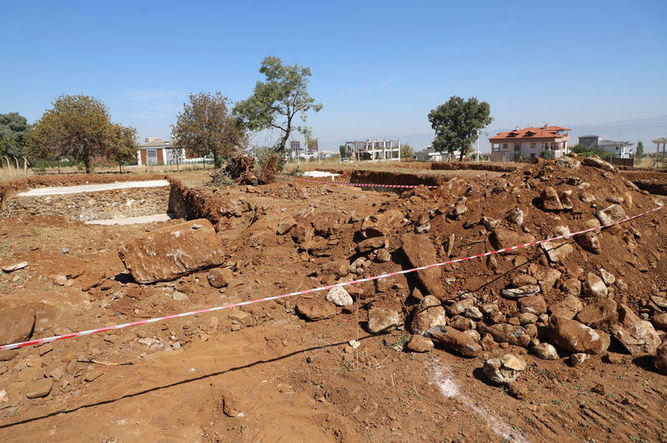
During the excavation of the construction foundation, a grave stele found
Workers found remains consisting of grave stele and tile fragments during the foundation excavation of the ongoing villa construction in Hallaçlar District of Denizli’s Merkezefendi district. When the ruins were found, the construction machines stopped working. The police stopped the construction and protected the area. After the suspension of construction work, the area was cordoned
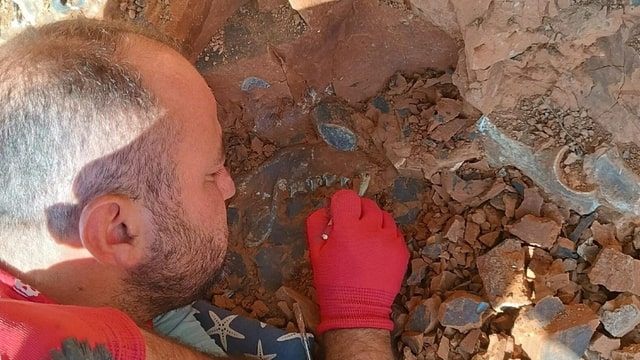
A rare 9-million-year-old porcupine fossil was found in Anatolia
Scientists discovered animal fossils dating back 9 million years in a rural area in Tavas district of Denizli, including a rare quilled porcupine fossil rarely seen in Anatolia. Dr. Ahmet İhsan Aytek, the head of the excavation team, said, “This year, we found fossils of a species from the cat family, quilled porcupine, and birds.

